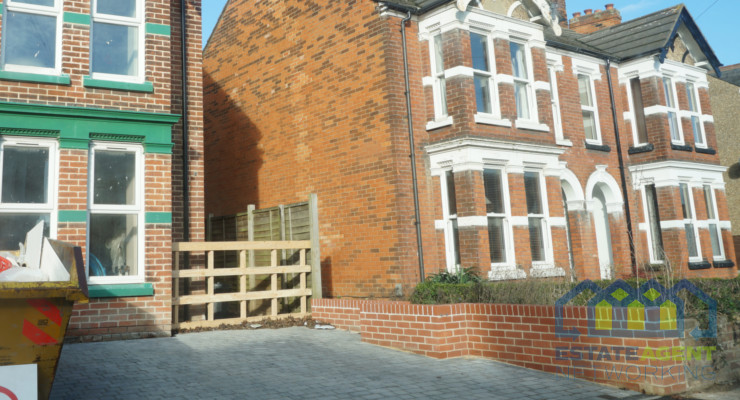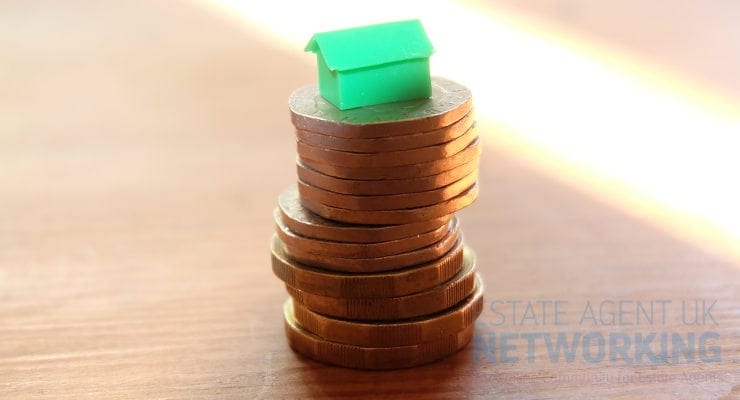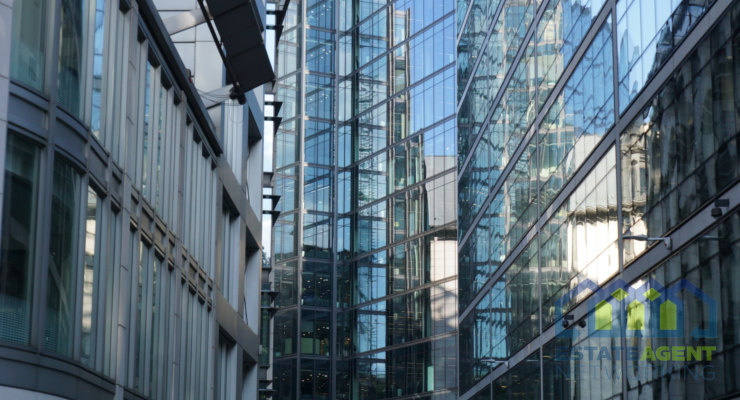Four in five homeowners in England and Northern Ireland to pay more stamp duty
New analysis from Zoopla has revealed that four in every five homeowners in England and Northern Ireland will pay more stamp duty from 1st April, boosting stamp duty receipts for the government by over £1.1bn annually.
-
Four in five existing homeowners (83 per cent) will pay stamp duty from April, up from 49 per cent today as the two per cent band returns between £125k and £250k – adding up to £2,500 per purchase
-
Less than a fifth of existing homeowners (17 per cent) will pay no stamp duty
-
The biggest jump in home buyers paying stamp duty will be in the West Midlands where 66 per cent more sales will pay stamp duty from April
-
The proportion of first-time buyers liable to pay stamp duty will double to 42 per cent from April, hitting those buying in London and the South East the hardest
-
However, 58 per cent of first-time buyer purchases will still pay no stamp duty under property purchases of £300,000 with buyers in the north benefitting the most
-
Overall these changes are estimated to raise an extra £1.1bn a year in stamp duty for the government
The cost of buying a home will increase for the majority of home buyers in England and Northern Ireland from April when the stamp duty land tax (SDLT) relief introduced in the 2022 mini budget ends and reverts to previous rates.
The impact and extra cost will vary across the country and between existing homeowners and first-time buyers as different rates apply. Overall Zoopla estimates that these changes will raise an extra £1.1bn a year in stamp duty for the government
Table 1: Stamp duty today and after 1st April 2025
|
Buyer type |
Percentage of sales paying stamp duty today |
Percentage of sales paying stamp duty from April 2025 |
Extra sales caught by stamp duty from April 2025 |
Stamp duty free sales from April 2025 |
|
First-time buyer |
21% |
42% |
+21% |
58% |
|
Homeowner |
49% |
83% |
+34% |
17% |
Source: Zoopla analysis of applicant enquiries by type of buyer and property price Q4 2024 – excludes the impact of those buying ‘additional’ homes
Majority of homeowners to pay more stamp duty
From the 1st April of 2025, four in every five (83 per cent) homeowners will pay stamp duty on buying a main residence, up from 49 per cent today, as the two per cent rate between £125,000 and £250,000 returns. Less than a fifth of homeowners (17 per cent) will pay no stamp duty on purchases below £125,000.
This means that the 49 per cent of homeowner purchases over £250,000 will pay an extra £2,500 in stamp duty from April. The 33 per cent of buyers purchasing between £125,000 and £250,000 will pay two per cent on the purchase price up to a maximum of £2,500. Zoopla estimates this will generate an additional £900m in stamp duty.
The biggest jump in buyers paying stamp duty will be in the West Midlands where 66 per cent more sales will pay from April, followed by 55 per cent in the East Midlands and 50 per cent in the North West.
Table 2: Percentage of homeowners paying stamp duty, now and after 1st April 2025
|
Region |
Percentage of sales paying stamp duty today |
Percentage of sales paying stamp duty from April 2025 |
Percentage uplift in sales paying stamp duty |
|
North East |
7% |
40% |
33% |
|
Yorkshire and the Humber |
8% |
56% |
47% |
|
Northern Ireland |
10% |
59% |
50% |
|
North West |
16% |
83% |
67% |
|
West Midlands |
20% |
61% |
41% |
|
East Midlands |
29% |
84% |
55% |
|
South West |
49% |
90% |
41% |
|
Eastern England |
73% |
95% |
21% |
|
South East |
75% |
95% |
20% |
|
London |
89% |
97% |
8% |
|
England & NI |
49% |
83% |
34% |
Source: Zoopla analysis of buyer enquiries to estate agents
The proportion of first-time buyers paying stamp duty doubles
First-time buyers will pay stamp duty on purchases over £300,000 from April, meaning three in five (58 per cent) will avoid this extra cost of buying. This helps those buying in areas with lower house prices. The number of first-time buyers liable to pay stamp duty will be the lowest in the North East (two per cent), Yorkshire and the Humber (three per cent), Northern Ireland (five per cent) and the North West (five per cent).
However, the proportion of first-time buyers liable to pay stamp duty will double to 42 per cent from April, hitting London and South East buyers in the £300,000 and £625,000 range the hardest, with costs of up to £15,000 per purchase. Buying at £350,000 will cost £2,500 per purchase, up from £0 today. Buying a £500,000 home will cost £10,000 in stamp duty, up from £3,750 today and buying at £550,000 will jump from £6,250 to £15,000.
Zoopla estimates this will generate an additional £200m in stamp duty.
Table 3: Percentage of first-time buyers paying stamp duty, now and after 1st April 2025
|
Region |
Percentage of FTBs paying stamp duty today |
FTBs paying stamp duty from April 2025 |
Percentage uplift |
|
North East |
0% |
2% |
1% |
|
Yorkshire and the Humber |
1% |
3% |
3% |
|
Northern Ireland |
1% |
5% |
3% |
|
North West |
1% |
5% |
4% |
|
West Midlands |
1% |
7% |
6% |
|
East Midlands |
1% |
9% |
8% |
|
South West |
3% |
20% |
17% |
|
Eastern England |
16% |
50% |
34% |
|
South East |
17% |
51% |
34% |
|
London |
49% |
79% |
30% |
|
England & NI |
21% |
42% |
21% |
Source: Zoopla analysis of buyer enquiries to estate agents
Richard Donnell, Executive Director at Zoopla comments: “Stamp duty has become a big source of tax revenue, approaching £10bn a year for the government. The reduction in tax reliefs from April will see more home buyers paying stamp duty.
“Existing homeowners will pay up to £2,500 more for each purchase across a large number of sales. The average seller has made £60,000 in capital gains so there is flexibility to absorb this cost but buyers will expect to factor this extra cost into what they offer.
“It’s positive that most first-time buyers will still pay no stamp duty from April, but these changes hit those buying over £300,000 in southern England the most where buying costs are already high. This will reduce buying power and market activity at a local level.
“Stamp duty is a big tax on home movers in southern England where affordability problems are already a major challenge. The case for reforming stamp duty remains but the question is where to replace the multi-billion in annual tax revenues.”








